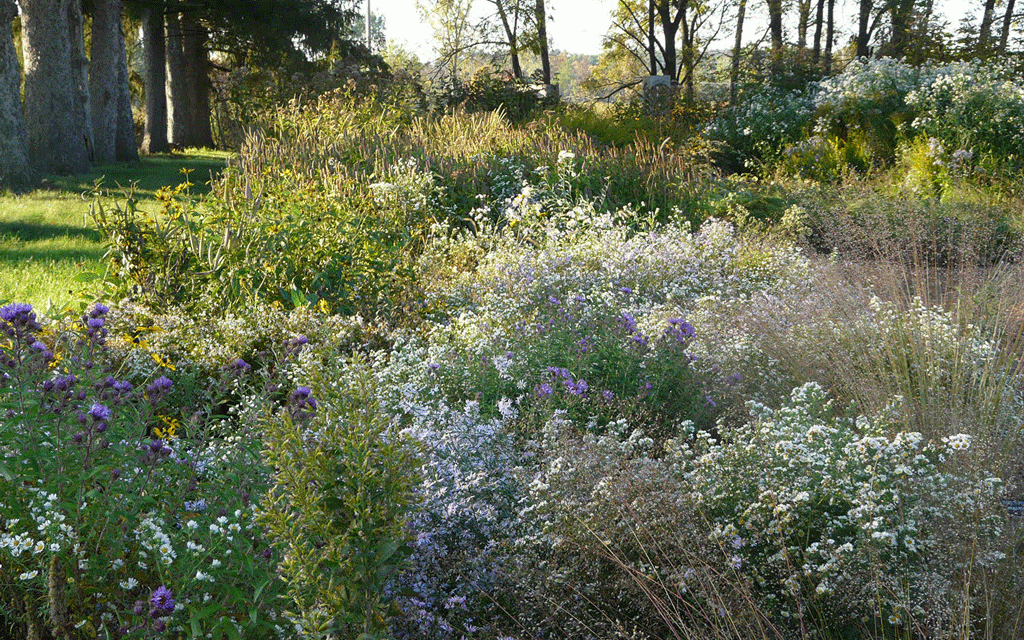Here’s a list of six essential fall gardening tasks to finish before the snow flies to ensure your garden will be the apple of your eye come spring. It’s not time to hang up your garden gloves until the last tasks of the season are performed.
1. Evaluate Your Garden
Many of you were out in your garden more than ever before, so it’s the perfect time to take a look from a fresh perspective. What worked? What didn’t? What will your garden look like when you have less time? Start a list now that you can use next spring and summer when you shop.
- Which plants should be divided?
- Which plants should be moved to a different spot so they’ll perform better?
- Where will you spend the most time and what are the views from there?
- Do you have room for annuals? You should. This brings added color and interest in a way that perennials and shrubs just can’t.
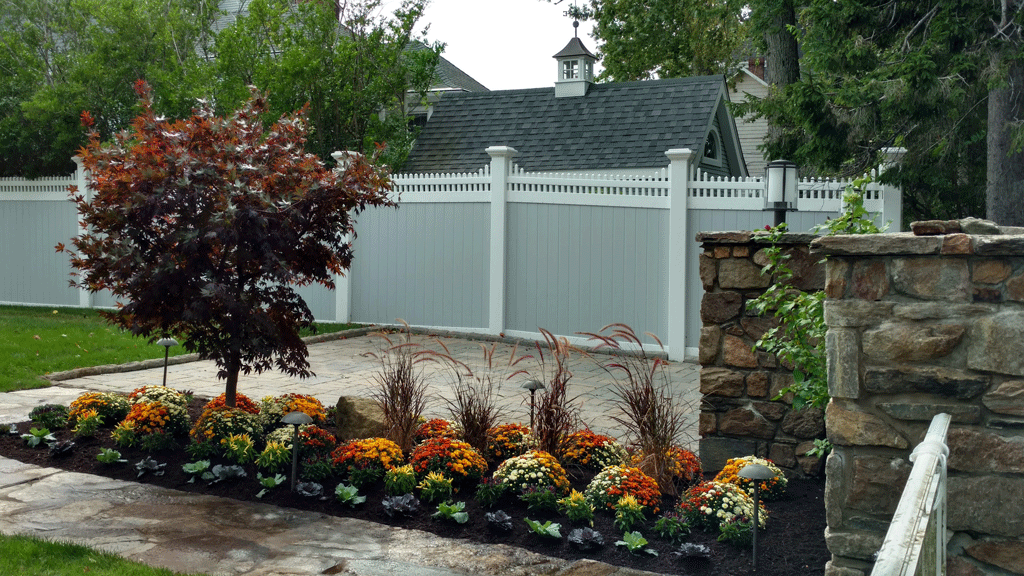
2. Plan for Seasonal Color
Fall is a great time to plan space in your garden for seasonal color. If you have an empty spot, or some plants that didn’t make it, leave room for annuals and tropicals. Add some pots to your deck or patio to incorporate annuals as well.
3. Fall is for Planting
The nights are getting crisper, but the soil is still warm and the moisture plentiful. Cool air along with warm soil temperatures promote healthy root growth in plants. Take advantage of end of season sales – there’s still plenty of variety out there! Give the roots 6 weeks to settle in before a hard frost.
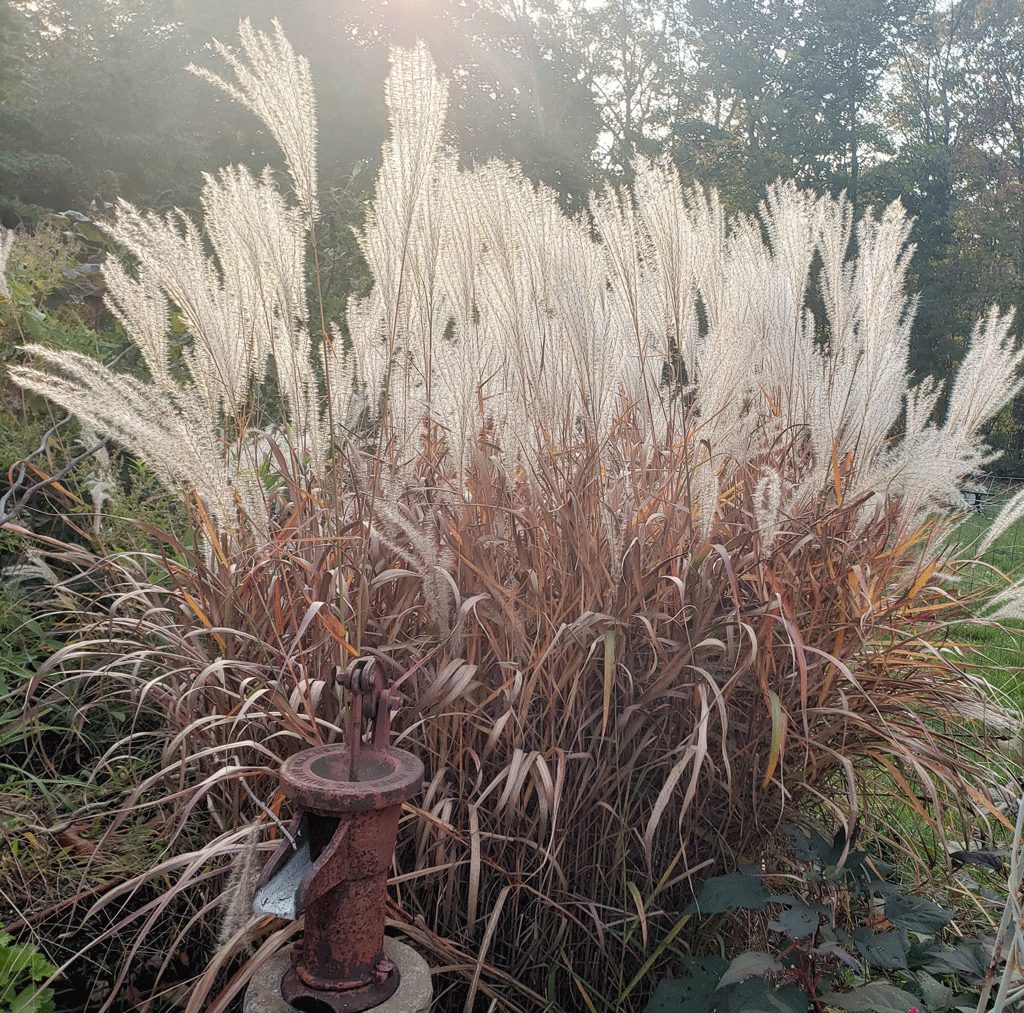
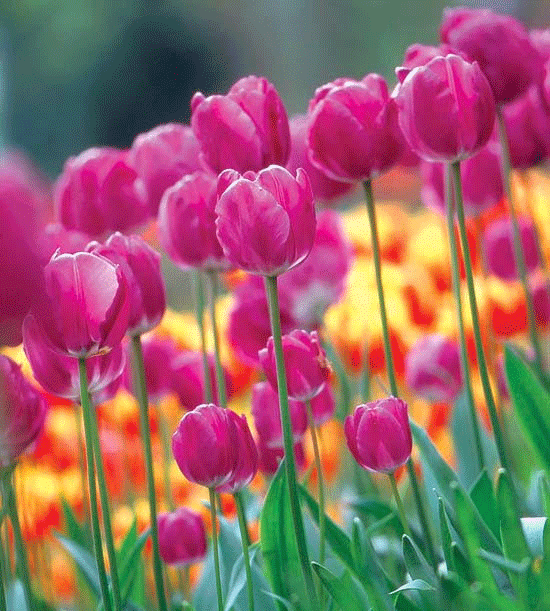
4. Plant Spring Blooming Bulbs
Plan on planting spring bulbs such as hyacinths, tulips and daffodils now. Pair them with perennials so that as their foliage fades, the perennials will hide them. If squirrels or chipmunks are a problem, spray the bulbs with animal repellent before you plant to help prevent them from digging them up.
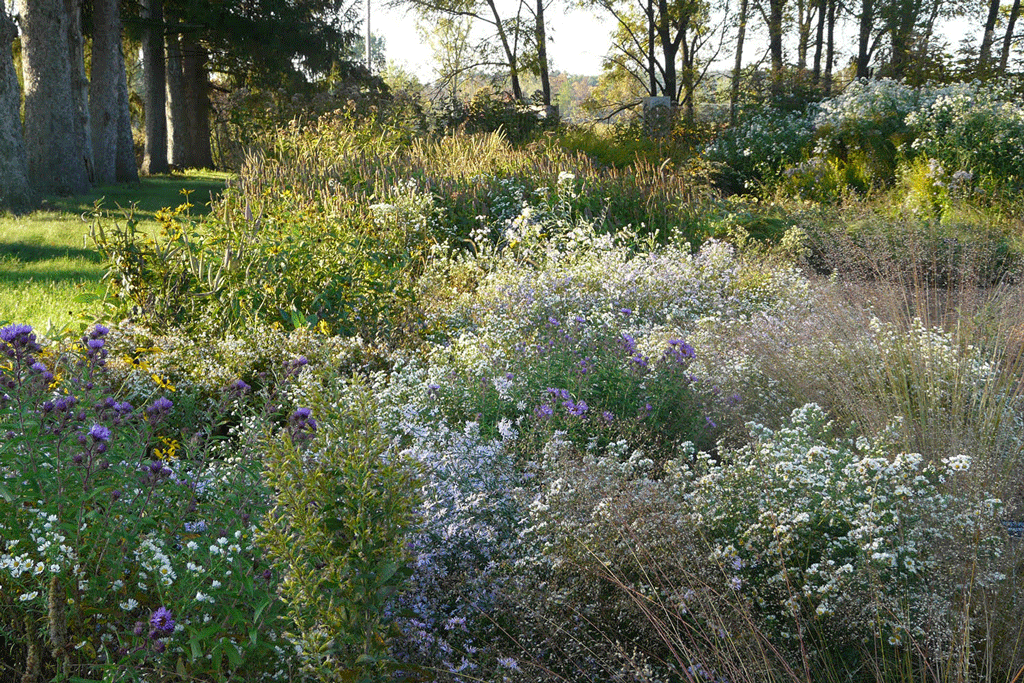
5. Cut Selected Perennials Back
This time of year some perennials start to go dormant before others. It’s a good idea to cut back faded foliage now to keep your garden looking its best. Cut them right back to the ground. Slugs lay their eggs in dormant foliage, so removing it will cut down on slug problems in the future. Don’t cut back woody perennials such as lavender, butterfly bush (Buddleia) Russian sage (Perovskia) or rose mallow (Hibiscus). Evergreen or semi evergreen perennials such as coral bells (Heuchera), creeping phlox (Phlox subulata) and red hot poker (Kniphofia) should also be left up. Leave up some perennials that have winter interest such as ornamental grasses, False Indigo (Baptisia), Coneflower (Echinacea -birds love this), stonecrop (Sedum), or ornamental onion (Allium) and of course, lenten rose (Helleborus).
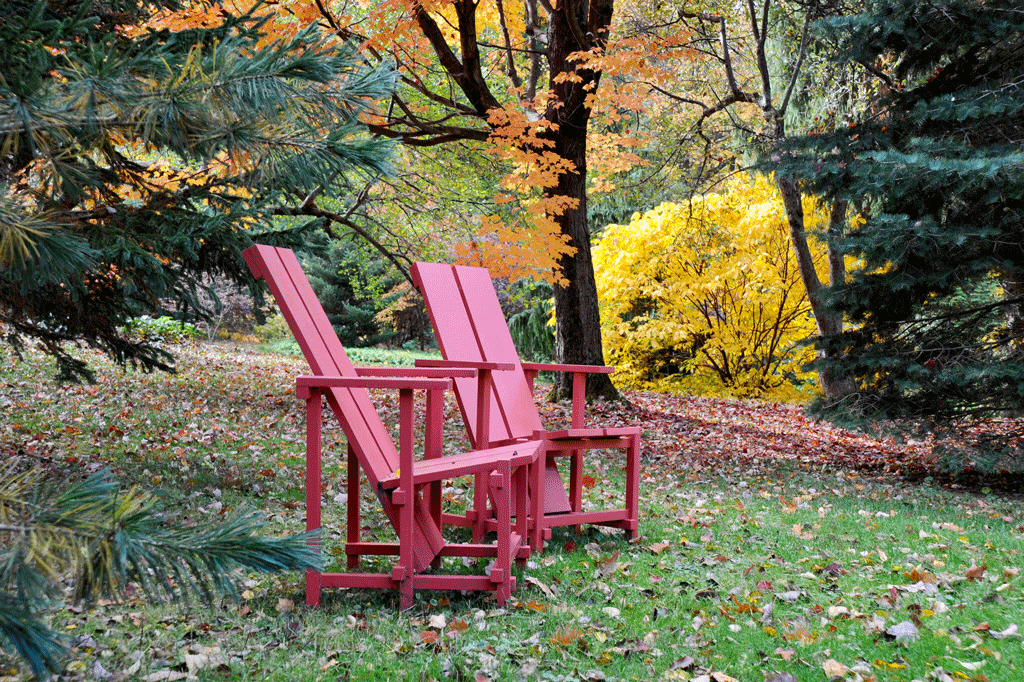
Dispose of Diseased Foliage
Composting is great, but not when it comes to disease. Regardless of how hot your compost pile gets, it’s definitely not a good idea to compost diseased foliage. Pathogens can breed over winter and start the cycle all over again next year. This is also true even if you don’t compost. When taking care of your fall garden cleanup, it’s very important to remove all diseased leaves.

